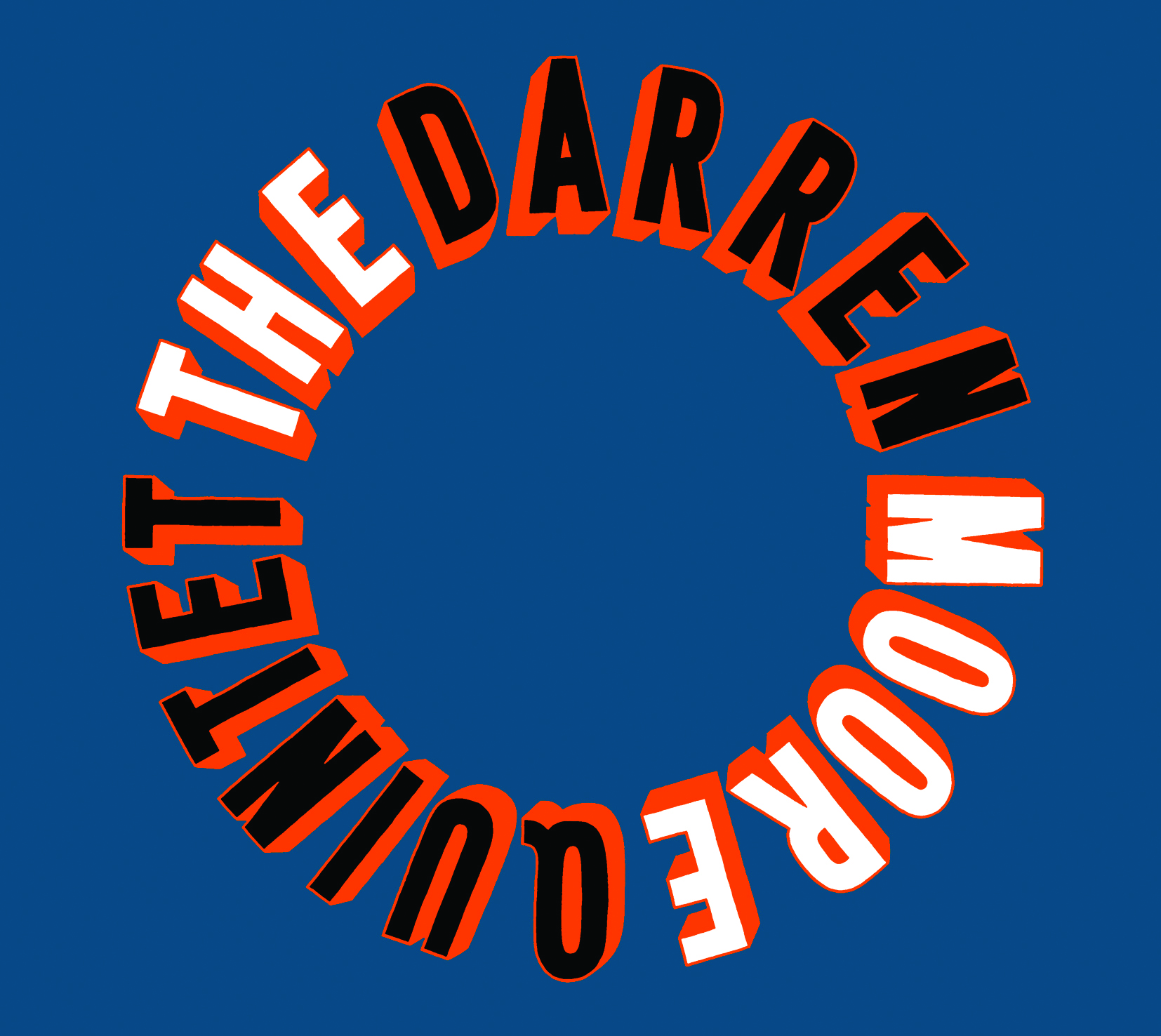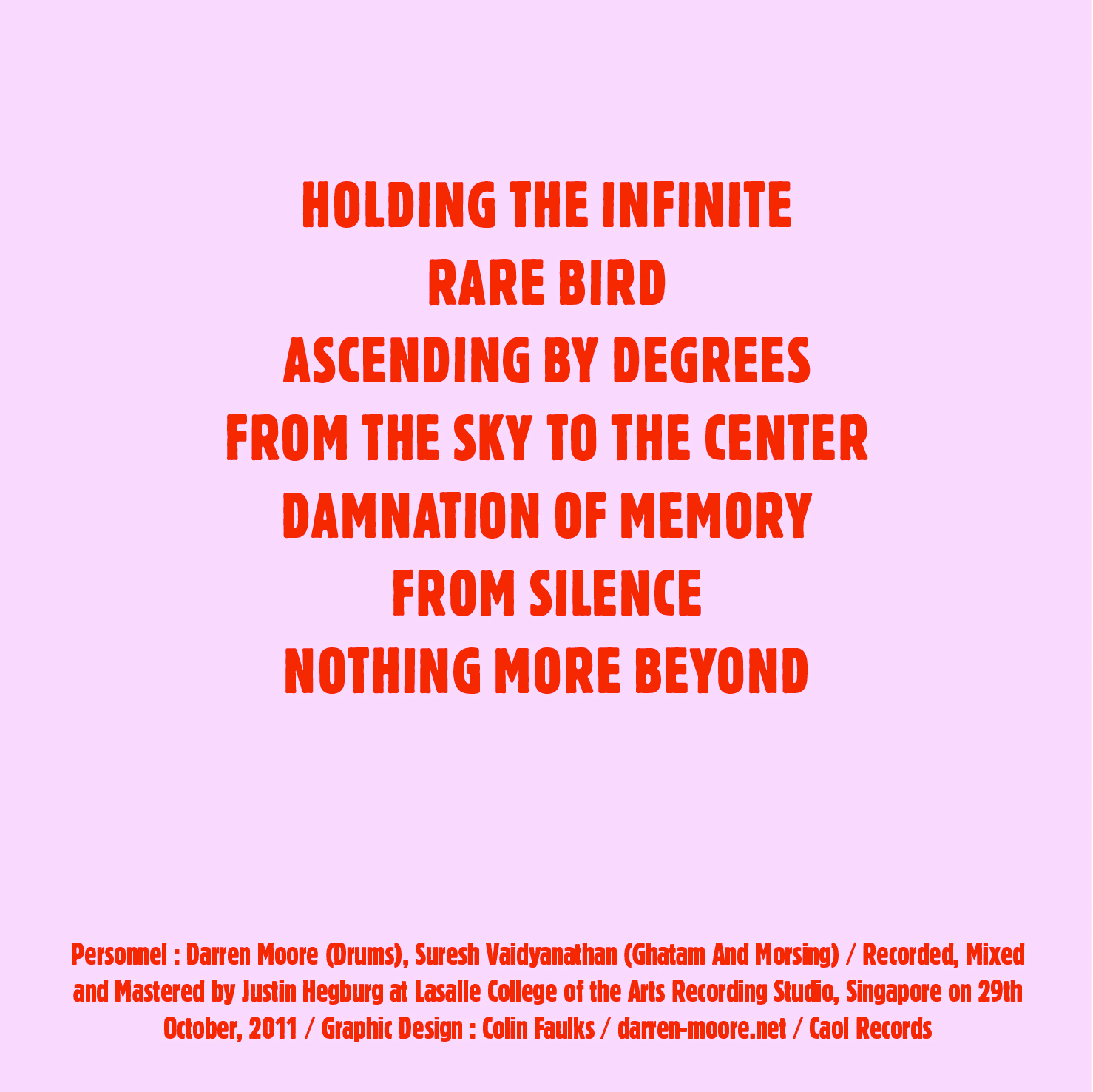In his book, Music: A Very Short Introduction, Nicolas Cook comments on the relationship between music and metaphor stating:
In its patterns of similarity and difference, divergence and convergence, conflict and resolution, music has a generality that is inevitably distorted by the elaboration of any individual metaphor we use for it. Metaphors focus music. They give a specific expression to its latent qualities. But these latent qualities must in the first place be there in the music, in its patterns of similarity, divergence, and so on; otherwise the metaphor will be entirely unpersuasive. (1998: 121)
In describing the relationship between music and metaphor, Cook highlights the notation of music’s potential for multiple interpretation by commenting that it is actually music’s relationship with words that translate potential meaning in music, commenting that “music is pregnant with meaning; it does not just reflect verbal meaning. But words function, so to speak, as music’s midwife. Words transform latent meaning into actual meaning; they form the link between work and world.” (ibid.) We are bound by words in representing music with meaning.
This paper proposes the metaphor of the echo to represent the transmission process within musical traditions that connects the past with the present. The use of the term ‘transmission’ within a musicological or ethnomusicologist context describes “the passing on of specific bodies of knowledge that underlie many music cultures” (Schippers, 2009: xvi). Transmission is an essential part of any tradition, musical or otherwise. Aubert (2007: 16) states that tradition “defines a transmission process, a chain joining the past to the present, as well as that ‘which is transmitted’ (traditum); in other words, it refers to a specific inheritance of a collective phenomenon.” Transmission forms a framework for future cultural, and in this case, musical activity.
The transmission process is a necessary constituent in the relationship between music and tradition—one which has been a much debated theme in musicology and ethnomusicology. It is a relationship that is more often ‘understood’, remaining difficult to define. Aubert (ibid.) considers that the relationship between music and tradition “is complex, insofar as the term tradition is itself ambivalent.” In much the same way music is transmitted within a tradition, tradition in itself is an experiential phenomenon, making it difficult to determine the parameters that define it. The use of metaphor provides a method to put into words that which is difficult to express.


Isolation has its Advantages, backcover, frontcover
Adaptation and Recontextualisation
In a literal sense, an echo is a reflection of sound. It is a repetition, altered from the original source. What we hear is a representation, a copy. The degree that the copy differs from the source is determined by time, distance and medium. The further a sound travels in time, the less it represents the original. Mediums alter the nature of the sound, transforming elements into related but different forms. It can describe both the evolutionary and the devolutionary. My own practice can be seen as an amalgam of musical echoes from various sources—some strong, others faint rumblings. This has always been my aim as a practitioner to incorporate a multiplicity of influences to consolidate a personal syntax and a distinctive voice as a musician.
My recent doctoral work highlighted the transmission process through documenting the learning, adaptation and recontextualisation of new musical elements into an existing musical practice. Specifically, the doctorate centered on the incorporation of rhythmic elements from South Indian Carnatic music into my drum set performance practice framed within contemporary music-making situations, in particular jazz and improvised music forms. Carnatic music contains a highly sophisticated system for the organization of rhythm, Carnatic percussion and scholar Trichy Sankaran states that:

Territorium, frontcover
Many music scholars consider India’s rhythmic system to be the most highly developed in the world, particularly notable for its thorough and logical treatment of movement in time. There is perhaps no parallel to the cohesive way in which rhythms are organised in the Indian musical system as manifested in the art of Karnatak (South Indian Classical) drumming. The elaborate theory and astonishingly complex performance practice of Indian rhythms have become a major area of study for scholars and musicians from the West. (2010: xi)
The focus of the research was to observe the transmission process that occurred through learning Carnatic rhythms and applying them to the drum set. The transmission process was observed over a two-year period through analysing my drum set performances on two albums specifically recorded for the research. The first recording titled Isolation has its Advantages (2009) featured a Singapore-based quintet featuring myself on drum set, Tim O’Dwyer and Greg Lyons on saxophones, Andrew Lim on guitar and Tony Makarome on bass, framing my performance practice within a jazz/improvised music context. The second recording titled Territorium (2011) featured percussion and drum set improvisations between Carnatic percussionist Suresh Vaidyanathan and myself. Territorium framed my playing within a percussion duo setting that brought together drumming techniques from contemporary music styles such as jazz, funk and rock with Carnatic rhythms. The focus on ‘audio-as-research’ placed listening as the central method of transmission, highlighting the significance of the recordings as the primary vehicles to investigate my performance practice.

Territorium, backcover
Improvisation
Central to both albums was the element of improvisation, although within two different contexts. Isolation has its Advantages framed the improvisation within jazz style compositions; loosely following a head-solo-head format, which involves the statement of the main theme or melody followed by solos by the members of group on a cyclic form and ending with the reiteration of the main theme. The focus within the ensemble was on playing the set compositions and using elements from the compositions as source material for the improvisations. The compositions were essentially vehicles for improvisation. Each member of the ensemble had a defined role to fulfill that was dictated by the compositional framework. For the drums, this meant being responsible for timekeeping duties whilst conversing rhythmically with the other members of the ensemble.
In contrast, Territorium offered a different playing environment based around improvisation as opposed to a compositional framework. The playing and form of each track was created extemporaneously around a common tempo or textural area. The roles that both I and Vaidyanathan had throughout the recordings were not discussed beforehand, encouraging a high degree of interplay that oscillated between both soloistic and timekeeping functions. The absence of predetermined roles commonly inherent within a compositional framework allowed more freedom as a performer with the result being a rhythmic dialogue built around interaction. Individual tracks evolved by either member proposing an improvisational area at the beginning of the track, which was collectively explored and finally concluded. Each track was held together by common elements, forming a cohesive trajectory. The use of repetition, permutation and development of thematic material was the central method used to create the improvisations. Using the echo metaphor once again, each track is akin to an echo: one that is born, incorporates the influences of the surrounding environment, evolves and eventually subsides.
With improvisation being a common element to both the jazz and Carnatic music tradition, it becomes an important bridge in which the transmission process can occur. Improvisation can be seen as the temporal manifestation of echoes—the real-time, stream of consciousness iteration of the past in the present. In this regard, the drum set playing on the recordings were reactions to what was happening in the present offering a more accurate representation of how Carnatic rhythms had influenced my playing. This is in opposition to playing premeditated rhythmic patterns, which although might be impressive in their design and execution, do not represent the degree of influence the study of Carnatic rhythms has had on my playing. The focus on the extemporaneous creates a framework whereby the manifestation of learnt material could be perceived to flow into conscious insight.
What was interesting about observing this transmission process within my doctoral work was the way that the Carnatic rhythms manifested themselves within my playing. Through transcribing excerpts from both recordings and then codifying rhythmic elements into thematically related material, the analysis revealed a definite influence of Carnatic rhythms on my playing, in particular on Territorium. This occurred as a result of several factors: firstly, I had more time to internalise the Carnatic rhythms learnt during lessons throughout the research period by the time I had recorded Territorium and secondly, playing with a Carnatic music practitioner also led to Carnatic rhythms becoming a common syntax with which we conversed musically.
The echoes of the Carnatic tradition within my playing often manifested altered from their original form as a result of engaging with a different medium (myself) and context. As a general rule, the larger the Carnatic rhythmic element or design, the more probability that it would contrast from its original form within my improvisations. The result is sometimes only an outline of the original form that does not adhere to the rules governing the rhythmic design. The rhythmic vocabulary found in the Carnatic tradition consists of smaller rhythmic cells that are combined to form larger rhythmic designs. The rules governing the Carnatic rhythms serve a similar function to grammar within language, aiding in the comprehension of what is being played and enabling an entry point into the musical conversation.
My method for adapting Carnatic rhythms to the drum set was to use them as rhythmic templates, providing a framework in which the content can be variable. The adaptation of Carnatic rhythms to the drum set opens up the possibility of an almost infinite amount of variations and permutations when combined with different sticking patterns, orchestrations around the drum set and varying contexts. The sum of all of these variables can sometimes lead to the rhythms being unrecognisable from a Carnatic context. As an example, when the Carnatic rhythms are played within a free jazz context, the deconstruction of time and pulse inherent in free jazz recontextualises the rhythms. As rhythms are defined by their relationship to a time cycle (Tala) in Carnatic music, the absence of a time cycle hence transforms the meaning of the rhythm.
Medium
Just like its physical counterpart, the nature of a musical echo will change depending on the medium it is transmitted through. This can refer to the individual as medium or the transmission method as medium. In addition to the master-disciple learning method prevalent in the Carnatic tradition, there are many varied methods of transmitting Carnatic rhythms ranging from sound recordings, books, video recordings, interactive web-based platforms, live streaming and video communications. Due to the Internet it would appear that we are in an age of unsurpassed access to musical materials and methods of learning, but is it effective? Does it supersede the traditional methods of transmission from master to student? Joseph Kerman in his book Contemplating Music comments that:
A music tradition does not maintain its ‘life’ or continuity by means of books or book-learning. It is transmitted at private lessons not so much by words as by body language, and not so much by precept as by example. Only exceptionally is this process broadcast into a semi-public arena, usually in a not very satisfactory form, at master classes where voyeurs and auditeurs strain to catch something of the intercourse between the master and pupil. The arcane sign-gesture-and-grunt system by which professionals communicate about interpretation at rehearsals is even less reducible to words or writing. It is not that there is any lack of thought about performance on the part of the musicians in the central tradition, then. There is a great deal, but it is not thought of a kind that is readily articulated in words. (1985: 196)
Although Contemplating Music was published in 1985 prior to the Internet entering the public domain, the argument put forth highlights the challenges in transmitting musical tradition outside of the traditional master-student method and the importance of immersion and prolonged exposure to the environment in which the tradition exists. It is the elements that cannot be articulated into words that often define the tradition. From my own experience, receiving lessons from master Carnatic percussionists T.R. Sundaresan and Suresh Vaidyanathan proved extremely beneficial to my comprehension of Carnatic rhythms and their application. There are a number of books, DVDs and online material available in this area, but the feedback loop is one-way, and there is no input from an external source guiding one in the accepted methods of the tradition.
Interestingly, Vaidyanathan conducts many lessons online with students from Europe, Japan and Australia from his home in Chennai, India. In addition to online lessons, which resolve the issue of distance, almost all of the students come to study with Vaidyanathan in India to immerse themselves in the culture and tradition of Carnatic music. In particular, many travel to Chennai for the annual ‘music season’ which is a month-long festival of Carnatic (and some Hindustani) classical music in December and January each year. This would suggest that although the web-based lessons are effective, the tradition one-to-one music lesson in the presence of the teacher is still preferred over other methods. Moreover, the immersion in the environment from which the tradition stems is still an important factor in the mastery of the tradition.
In conclusion, the transmission process in musical traditions creates a continuum of practices and belief systems that give birth to an ever-evolving body of musical styles and genres defined by the collective contributions of individual practitioners. In my own work, my interpretation of musical echoes from multifarious sources provides the opportunity for the continued evolution for myself as a musician, which in turn contributes back to the traditions in which I borrow from.
